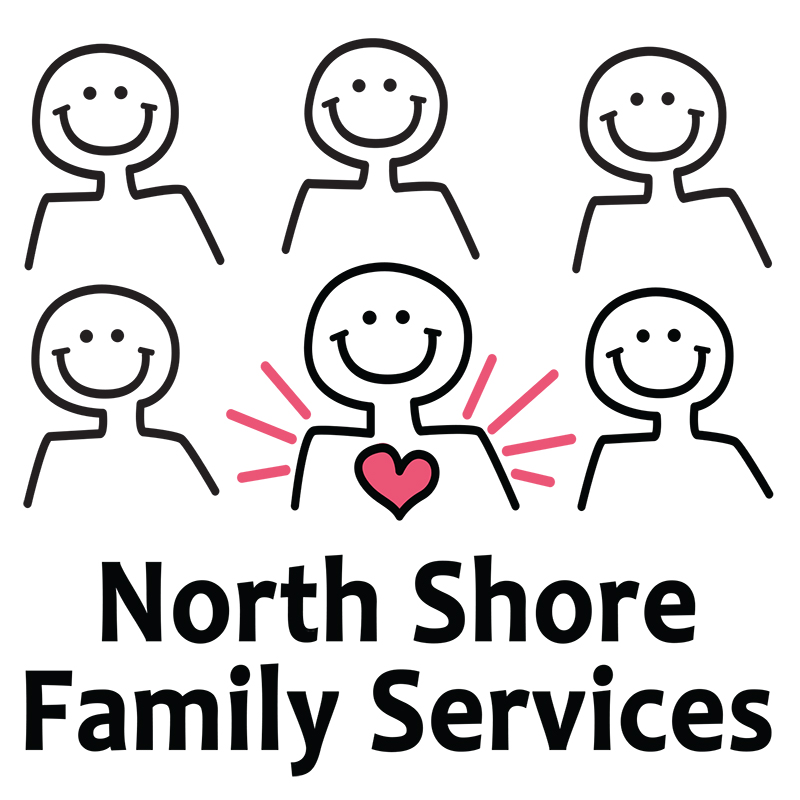
22 Dec How to Navigate an IEP and 504 Meeting
What is the difference between an IEP and 504?
IEP – Individual Education Program
IEP, or Individual Education Program, is for children/adolescents who receive special education services. An IEP is mandated by the Individuals with Disabilities Act (IDEA). There is no cost to students for special education services, and states receive federal funding for each IDEA eligible student. Under IDEA, there are 13 categories under which a child can receive an IEP; autism, deaf-blindness, emotional disturbance, hearing impairment, intellectual disability, multiple disabilities, orthopedic impairment, other health impairment, specific learning disability, speech or language disability, speech or language impairment, traumatic brain injury, visual impairment.
An Individual Education Program provides the opportunity for parents, teachers, school administrators, outside professionals, and students to collaborate and work as a team to identify goals and improve specific outcomes for students with disabilities. IEP’s are eligible for students in grades K-12. IEP’s are not used at the higher education level.
504 Plan
A 504 plan gets its name from Section 504 of the Rehabilitation Act of 1973, a broad civil rights law that prohibits discrimination against individuals with a disability in any agency, school, or institution receiving federal funds. Section 504 protects qualified individuals with disabilities. Under this law, individuals with disabilities are defined as persons with a physical or mental impairment which substantially limits one or more major life activities.
Major life activities include caring for one’s self, walking, seeing, hearing, speaking, breathing, working, performing manual tasks, and learning. Some examples of impairments which may substantially limit major life activities, even with the help of medication or aids/devices, are AIDS, blindness or visual impairment, cancer, deafness or hearing impairment, diabetes, heart disease, and mental illness. 504 plans are eligible for students in grades K-12. Section 504 of the Rehabilitation Act of 1973 still protects students from discrimination when they get to college. However, just like the IEP, a 504 plan will not be utilized in higher education.
Understanding the Steps and Process of determining an IEP and 504 Plan
- Referral / Request for an Evaluation – A referral for evaluation is made when a child’s abilities are altered or deficient and affect their learning and development. As the primary advocate, the parent or guardian is responsible to see that an evaluation is performed to understand the problem and create a way for the child to become successful. A referral may also come from a teacher, doctor, or counselor that perceives the student is having difficulties at school, at home, or socially.
- Assessment is performed. An evaluation must be performed to understand the child’s strengths and weaknesses. The evaluation must assess the child in all areas that may affect their ability to learn (cognitive, functional, and emotional). The evaluation results are used to decide the child’s eligibility for special education and related services and to make decisions about an appropriate educational program for the child. Some assessment services are available through the public school system but these often do not offer the same depth of analysis as an outside Neuropsychological exam can.
- Eligibility is decided. Professionals from the school look at the child’s neuropsychological evaluation results and recommendations. Together, the team decides if the child is eligible for services as defined by IDEA. If eligibility is denied, parents may ask for a hearing to challenge the eligibility decision. If an outside professional was utilized for an independent evaluation or treatment, they may be used as an advocate for the child.
- Child is found eligible for services. If the child is found to be a “child with a disability,” as defined by IDEA, he or she is eligible for special education and related services. Within 30 calendar days after a child is determined eligible, the IEP team must meet to write an IEP for the child. This document will dictate accommodations and placement.
- IEP meeting is scheduled. The school system schedules and conducts the IEP meeting. School staff must: contact all participants, including the parents; notify parents early enough to make sure they have an opportunity to attend; schedule the meeting at a time and place agreeable to parents and the school; tell the parents the purpose, time, and location of the meeting; tell the parents who will be attending. Parents may invite advocates and other professionals to the meeting, in person or by telephone.
- IEP meeting is held and the IEP is written. The IEP team gathers to talk about the child’s needs and to write the student’s IEP. Parents and the student (when appropriate) are part of the team. If the child’s placement is decided by a different group, the parents must be part of that group as well. Before the school system provides special education and related services to the child for the first time, the parents must give consent for these services.
- Parents have a right to disagree. If the parents do not agree with the IEP recommendations, they may discuss their concerns with members of the IEP team and try to work out an agreement. If they still disagree, parents can ask for mediation, or the school may offer mediation. Parents may file a complaint with the state education agency and may request a due process hearing, at which time mediation must be available. Educational lawyers and advocates are available for this purpose.
- Accommodations and Services are provided. The school implements the written plan set forth in the IEP. Each of the child’s teachers and service providers has access to the IEP and knows his or her specific responsibilities for carrying out the IEP.
- Progress is measured and reported to parents. The child’s progress toward the annual goals is measured, as stated in the IEP. His or her parents are regularly informed of their child’s progress and whether that progress is enough for the child to achieve the goals by the end of the year.
- IEP is reviewed. The child’s IEP is reviewed by the IEP team at least once a year, or more often if the parents or school ask for a review. If necessary, the IEP is revised. Parents, as team members, must be invited to attend these meetings. Parents can make suggestions for changes, can agree or disagree with the IEP goals, and agree or disagree with the placement.
- Triennial. At least every three years the child must be reevaluated. This evaluation is called a “triennial.” Its purpose is to find out if the child continues to meet criteria for services as defined by IDEA, and what the child’s educational needs are. However, the child must be reevaluated more often if conditions warrant or if the child’s parent or teacher asks for a new evaluation.

North Shore Family Services is a team of skilled and approachable therapists that help parents, children, teens, adults, and couples reduce anxiety and stress, learn effective problem-solving techniques, and manage emotions and behaviors that inhibit personal, school, family, and relationship success. We make therapy a productive, engaging and relaxing place for everyone to work hard and make the improvements they desire. To find the right-fit therapist for you and your family, visit our clinician’s page.



Sorry, the comment form is closed at this time.